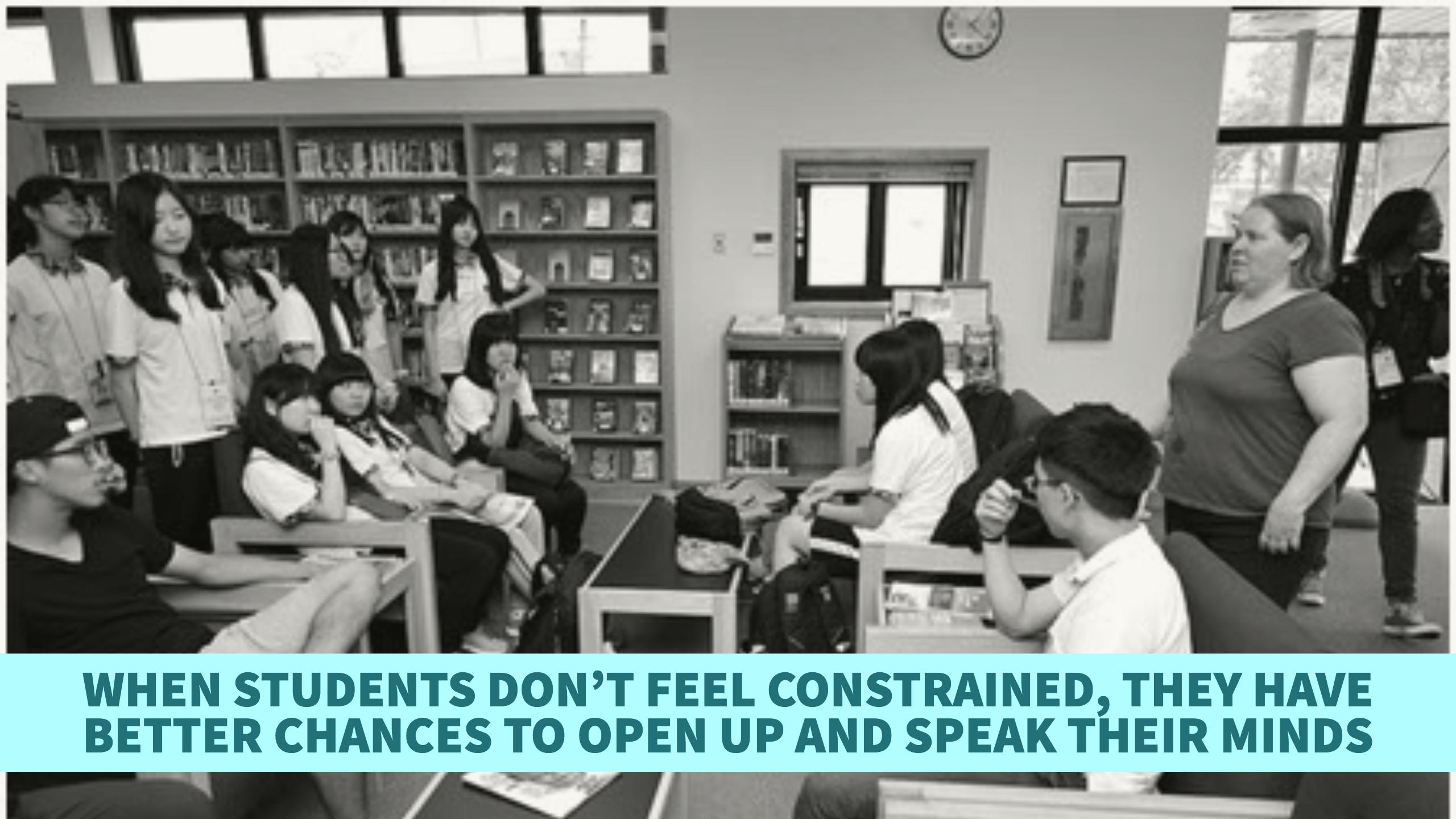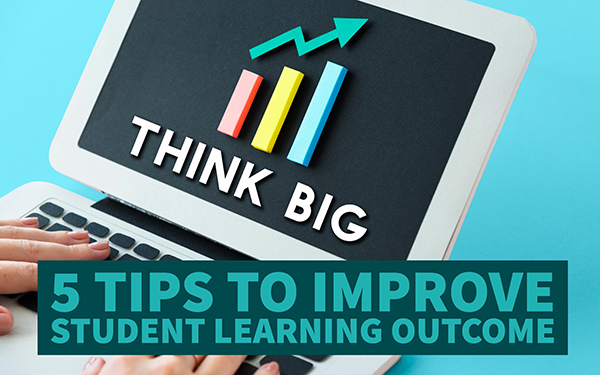5 tips to improve student learning outcome
 Jason Phillips —
Jason Phillips —
How do you improve student learning in a world where every teen holds a smartphone? Evaluating students has become extremely challenging. Some don’t pay attention in class, whereas others don’t even attend classes. The system is on the verge of a meltdown, with professors completely unable to grab attention.
The good news is there are methods and tools we can use to improve a student’s learning outcome. Here are 5 of the best.
1. Restructuring teaching methods
Both teaching and learning methods must be restructured for students to want to improve their grades, and have a bright academic future. Undergraduates are no longer engaged in class because their attention is repurposed online. They don’t pay attention because teachers often focus too much on the theoretical part of a class. Sometimes they just completely overlook that practice is what matters the most.
A brand-new approach to teaching classes might grab more attention. Consider rewarding your best students, organize weekly brainstorming classes, and set up fun projects that awakes an interest. A revamped teaching model improves outcomes because it might grab attention. When the whole process of learning something new is fun, it automatically instills drive.
Take a look at these trending learning methods:

2. Assess students’ learning
Not many teachers assess their students’ learning potential. Most of them enter a class, deliver a speech, and leave. Then they come in the next day and give a test. However, grades may often interfere with a student’s real learning abilities. Evaluation must be done right. You can’t really know a student’s genuine abilities with a test (let’s not forget that cheating is a very popular sport in school).
As an alternative, you might want to consider interacting more with your students. Set up open talks and invite them to participate. Spot their core strengths and weaknesses; this way you’ll be able to determine what a student needs to fix. It could be language deficiency, lack of confidence, fear, anxiety, and more. Take a look at this post about how to give meaningful feedback.
3. The reversed learning model
The reversed learning model is a new approach that might help improve student learning outcome. It works by switching roles. The student becomes the teacher and vice-versa. Also, it might be a good idea to give up the “evil teacher position”. Punishing your students every day with a test doesn’t make them respect you, and they won’t study harder either. Even if they do, they’ll learn the information mechanically, which in the long-term has dreadful side-effects.
Mix things up in class, and befriend your students. The more comfortable they feel in your presence, the more chances you have to keep them engaged and learning with enthusiasm.
4. Say “yes” to technology
Rather than ban smartphones and tablets in class, why not welcome their use? There are lots of apps and platforms you can use to improve learning. Udemy, for example, is an online platform with courses on a wealth of subjects and domains.
The things you can do with in a one iPad classroom are endless. Take a look at this post to find some good apps. And of course you have to be able to share your iPad screen too. A lot of teachers struggle with projectors and other technology.
Recommend a course as homework, and invite your students to talk about what they’ve learned the next day. Tutorials are also highly recommended. Videos can help explain processes a lot easier, meaning that you can spend more time teaching students how to put a process into practice afterwards.
5. Teaching outside the classroom
Unconventional teaching is one of the most efficient ways to improve student learning. Rather than force students to be in class 5-8 hours a day, why not take them to the park? If the weather allows, go someplace where you can speak freely. Studies have shown that when students don’t feel constrained, they have better chances to open up and speak their minds. Open spaces like parks instill a sense of freedom. It’s an approach that might change completely how students perceive learning.

There are different approaches to compelling students to study harder. The key is to allow them the freedom of speech. Don’t put pressure on them, and use techniques that convey comfort and ease. Put yourself in their shoes, and find a way to make them perceive you as their friend, not their superior. You’ll see that in time many things will change: their attitude might change entirely, and they might get the courage to say things in class you never anticipated.
Author Bio: Jason Phillips is a blogger and writes various articles on education. He also writes for smiletutor who provides home tuitions in Singapore. He loves to do swimming and reading books in his leisure time.


